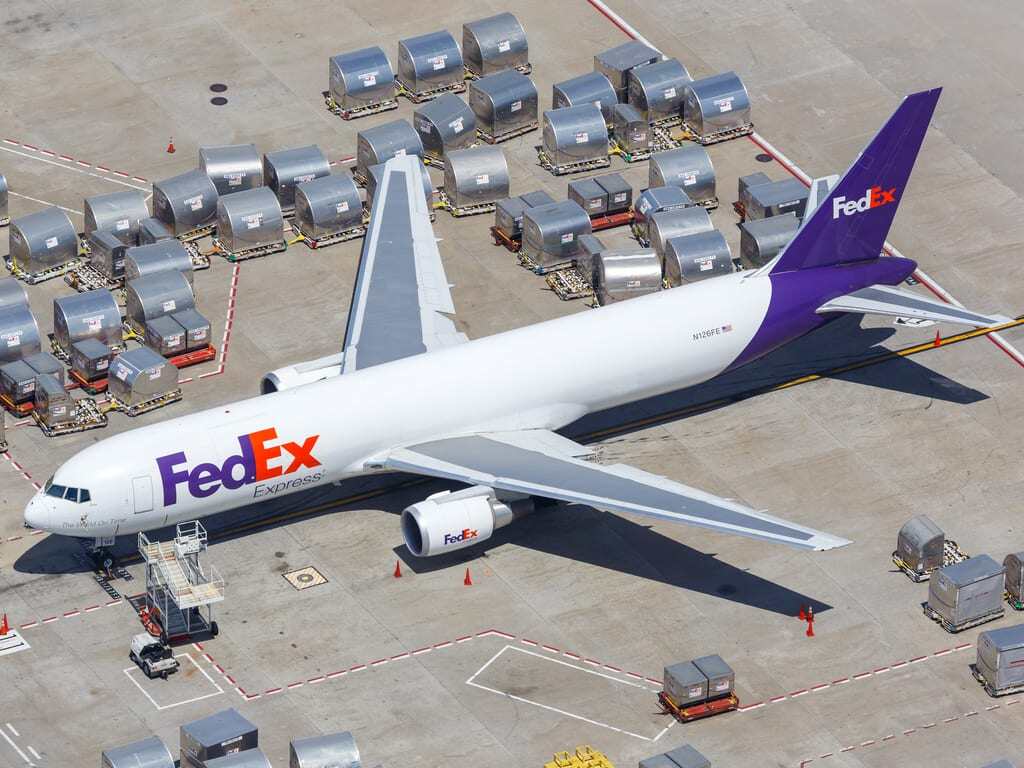
Picture this: your manufacturing floor is humming, production is in full swing, and orders are piling up. But then, logistics hits a snag. Shipments are delayed, tracking information is scattered across countless spreadsheets, and you're spending hours on the phone trying to coordinate carriers. Sound familiar?
In a fast-paced manufacturing environment, can you really afford to rely on outdated methods like spreadsheets and endless phone calls? How much is that costing you in lost time, missed deadlines, and frustrated customers?
The truth is, manual logistics management is a recipe for inefficiencies and costly errors. We're talking about a world where real-time visibility is a luxury, not a given, and where every manual data entry is a potential point of failure. According to industry reports, logistics errors can account for up to 12% of a manufacturer's total operating costs. That's a significant chunk of change that could be reinvested into growth and innovation.
Now, imagine a different scenario. What if you had a centralized platform that gave you complete visibility into your supply chain, automated your routine tasks, and optimized your carrier selection? What if you could track every shipment in real-time, generate insightful reports with a few clicks, and seamlessly integrate your logistics data with your existing systems? That's the power of a modern Transportation Management System (TMS)--it isn't just a nice-to-have–it's a necessity.
The Limitations of Manual Logistics Management
Alright, let's talk about the elephant in the room: spreadsheets. We've all been there, wrestling with endless rows and columns, trying to make sense of a logistical maze. But the reality is, spreadsheets simply weren't designed for the complexities of modern manufacturing logistics. They offer a static, limited view of your operations. You're essentially working with outdated information the moment you hit "save." This lack of real-time data and visibility means you're always playing catch-up, reacting to problems instead of preventing them.
Then there's the issue of manual data entry. Every keystroke is a potential error, and when you're dealing with hundreds or thousands of shipments, those errors can quickly snowball into significant delays and inaccuracies. And let's not forget scalability. As your business grows, your logistics become more complex, and spreadsheets simply can't keep up. They become unwieldy, prone to crashes, and difficult to manage.
Now, add in the chaos of relying on phone calls and manual tracking. Communication breakdowns are inevitable. You're constantly chasing updates, dealing with conflicting information, and struggling to keep everyone on the same page. Tracking shipments becomes a nightmare, especially when dealing with exceptions or unexpected delays. And forget about analyzing data to optimize your processes–with manual methods, you're essentially flying blind.
The cost of these inefficiencies is staggering. Industry analysts estimate that manufacturers can lose up to 15% of their annual revenue due to supply chain disruptions, a significant portion of which stems from logistical errors and delays. To put that in perspective, a company with $10 million in annual revenue could be losing $500,000 due to preventable logistical mishaps. That's money that could be invested in new equipment, expanded production, or improved customer service.
Core Functionalities and Benefits of a Modern TMS
So, what if there was a way to break free from those limitations? What if you could transform your logistics operations from a reactive, error-prone process into a proactive, optimized system? That's where a modern Transportation Management System (TMS) comes into play.
Centralized Data Management
Imagine a single, unified platform where all your logistics data lives. This is the essence of centralized data management. A TMS consolidates information from various sources, eliminating data silos and ensuring everyone has access to the same, accurate information. This not only improves data accuracy but also enhances accessibility, making it easier to track shipments, analyze performance, and make informed decisions.
Enhanced Real-time Visibility
Now, let's talk about visibility. In today's dynamic supply chains, real-time visibility is no longer a luxury—it's a necessity. A modern TMS provides end-to-end visibility, allowing you to track shipments at every stage of their journey. You can monitor their location, status, and estimated delivery times, all from a single dashboard. This level of transparency empowers you to proactively address potential issues, minimize delays, and keep your customers informed.
Automation of Routine Tasks
A TMS isn't just about visibility; it's also about efficiency. Automation is a key feature, streamlining routine tasks like booking, tracking, and generating reports. For example, a TMS can automatically select the most cost-effective carrier based on predefined criteria, eliminating the need for manual comparisons. It can also automate shipment tracking, sending real-time updates to your team and customers. This automation frees up your team to focus on more strategic initiatives, improving productivity and reducing operational costs.
Optimized Carrier Selection and Tendering
Carrier selection and tendering are critical aspects of logistics management. A modern TMS helps you optimize these processes by considering various factors like cost, performance, and transit times. Automated carrier tendering allows you to quickly solicit bids from multiple carriers, ensuring you get the best rates and service. This not only reduces costs but also improves carrier relationships.
Robust Reporting Capabilities
Finally, let's not overlook the importance of robust reporting capabilities. A TMS generates detailed reports on key performance indicators (KPIs), such as on-time delivery rates, transportation costs, and carrier performance. These reports provide valuable insights into your logistics operations, allowing you to identify areas for improvement and make data-driven decisions. For instance, you can generate reports on carrier performance to identify top performers and negotiate better rates. You can also analyze transportation costs to identify areas where you can reduce expenses.
Addressing the Specific Needs of Manufacturers
The manufacturing sector faces distinct logistical challenges, from the initial procurement of raw materials to the final delivery of finished goods. A TMS acts as a tailored solution, streamlining these intricate processes and driving efficiency at every stage of the production lifecycle.
Managing Inbound Raw Materials and Components
Consider the foundational task of managing inbound raw materials and components. Production lines are highly sensitive to delays, and a TMS provides the crucial real-time visibility into incoming shipments needed to anticipate and mitigate potential disruptions. By ensuring the timely arrival of essential materials, manufacturers can minimize downtime and maintain consistent production schedules.
Optimizing Shipments of Finished Goods
Many manufacturers rely on a network of specialized suppliers for value-added processes like forming, heat treating, finishing, or inspection. Efficiently coordinating the transportation to and from these partners is vital for maintaining a smooth production flow. A TMS facilitates this by ensuring predictable movement and minimizing dwell times for components moving between internal operations and external suppliers, allowing for seamless re-integration into the final assembly stage.
Accurately Tracking Transportation Costs
Finally, accurately tracking transportation costs is essential for controlling expenses and maximizing profitability. A TMS offers comprehensive cost analysis tools, providing manufacturers with the transparency needed to more accurately figure out how to bundle freight costs to support sales promotions and overall pricing strategies. This insight empowers informed decisions on carrier selection, route optimization, and overall logistics strategy, contributing to both efficiency and strategic sales initiatives.
Unlock Premium Logistics: Customodal's Complimentary TMS
So, you've seen how a modern TMS can revolutionize manufacturing logistics. But what if you could access these powerful capabilities without a significant upfront investment? That's where Customodal steps in, offering free access to the robust Priority1 TMS platform.
This isn't just about cost savings; it's about leveling the playing field. Customodal understands the financial pressures manufacturers face, and we're committed to providing accessible solutions that drive efficiency and growth. With the Customodal TMS, you gain:
-
Unparalleled, Real-time Shipment Tracking: Gain complete visibility over every stage of your supply chain, allowing for proactive issue resolution and enhanced customer communication.
-
Flexible, Multi-Modal Carrier Selection: Choose from your preferred network of LTL, FTL, and intermodal carriers, ensuring reliable service and competitive rates across all your shipping needs.
-
In-Depth, Customizable Reporting Tools: Generate comprehensive reports on key performance indicators, empowering data-driven decisions and continuous improvement.
-
Effortless Integration with Existing Systems: Seamlessly connect your TMS with your ERP or WMS systems via EDI/API, streamlining data flow and eliminating manual entry.
This access to the Priority1 TMS, facilitated by Customodal, offers a transformative solution for manufacturers seeking to optimize their logistics without incurring excessive costs.
Ready to experience the benefits of a modern TMS firsthand? Contact Customodal today to discover how our complimentary platform can simplify your logistics, reduce expenses, and drive your manufacturing operations forward.





